Smart agriculture
The agricultural sector is one of the most affected sectors as a consequences of climate change. To date, the need to feed a growing world population and the need to preserve the natural resources of the planet, hampers the necessity to find new strategies to produce more and better by preserving the resources of the planet.
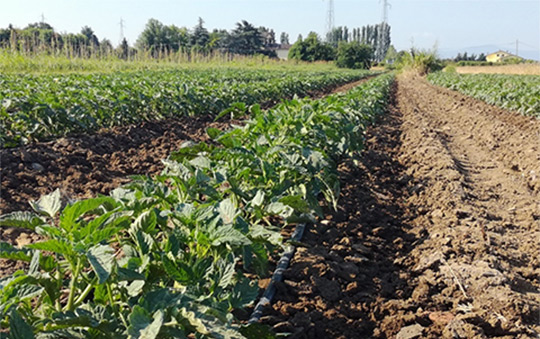
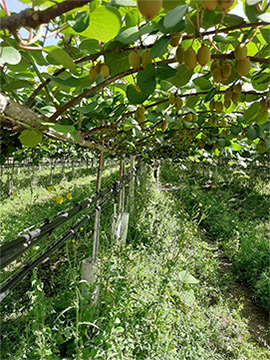
Only recently, agriculture is embracing innovation and technology to achieve this goal. One of the main objectives of agriculture 4.0 to save and and increase the efficiency of water use. This is a priority if we consider that today agricultural production consumes 70% of the water resources available on the planet.
Plant sap is transported in the plant vessels (both xylem and phloem), whose content is highly variable depending on the environmental that strogly influenced its physiological state. In our research group we developed an organic electrochemical transistor (OECT: Organic Electro Chemical Transistor) capable to be inserted into the plant stem and it able to monitor continuously and in real time changes in the ionic composition of the sap. Being a transistor applied to plant biology and physiology is called BIORISTOR (Click here to download the infographic)..
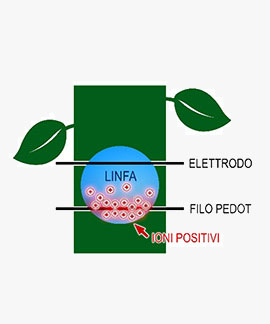
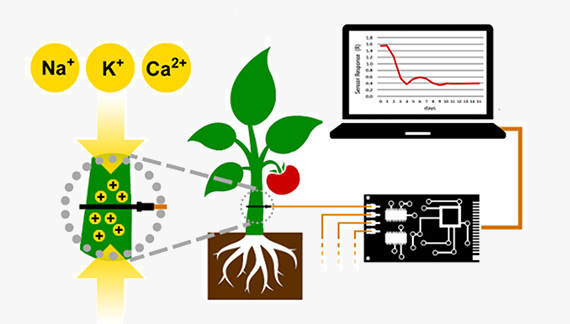
Gas sensors
Solar Cells for agriculture
Bioristors, working in the field to monitor the health and water stress of the plants, are connected to a data control unit, equipped with wifi connectivity capable of transmitting signals from the plants in real time. Far from the electrical grid, the control unit must be powered in order to operate autonomously night and day, without lacks of communication or data loss. For this reason, each plant monitoring unit is equipped with a portable photovoltaic (PV) energy production system, specially designed for the type of sensors and station monitoring.
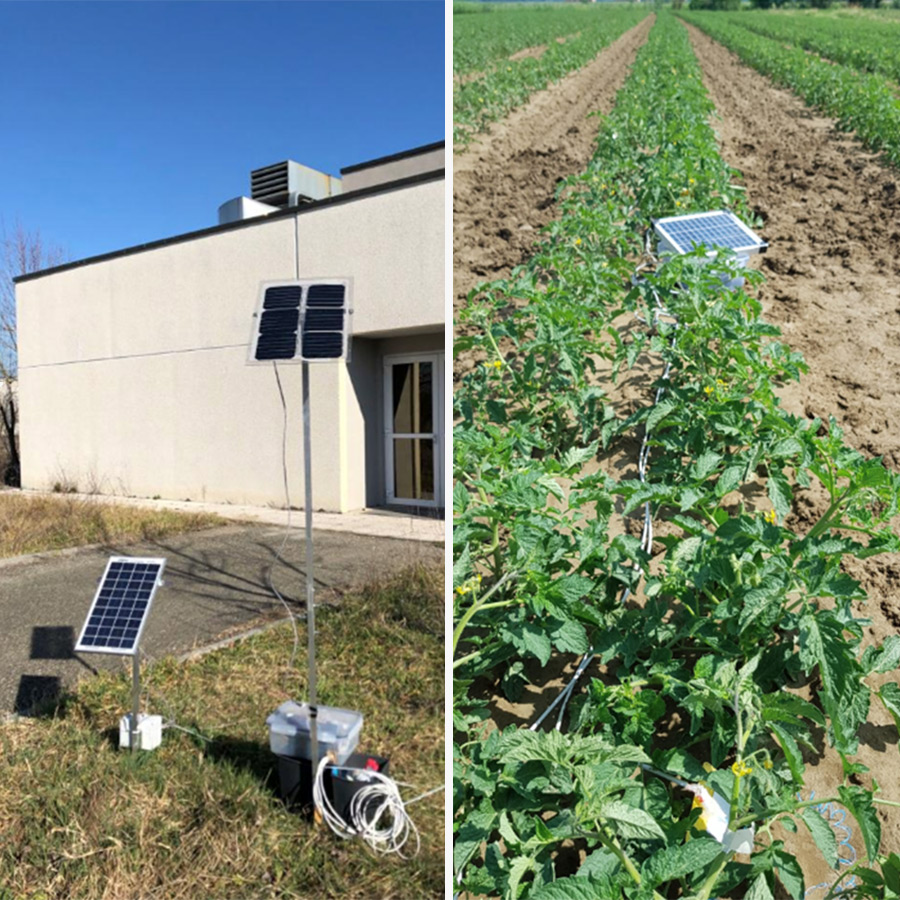
The system is composed of the following components:
- A PV module equipped with high efficiency solar cells (23-24%) that can provide the power necessary for the operation of the control unit but using a reduced area. The modules are made using an IMEM-patented encapsulation system, which allows to obtain a 10W waterproofed module weighing 40g on an area of only 40cm2;
- A light storage system resistant to thermal excursions, typical of agricultural fields;
- An intelligent electric charge management system: it manages solar energy to simultaneously supply the power necessary to operate the system during the day and at the same time stores the energy required for nighttime operation
- A microcontroller that monitors and communicates in real time the production of solar energy and the state of charge of the accumulators.








